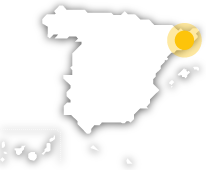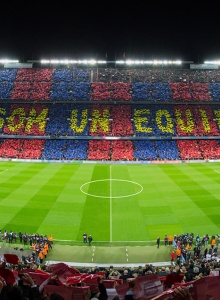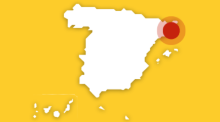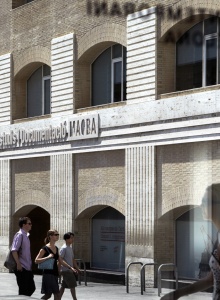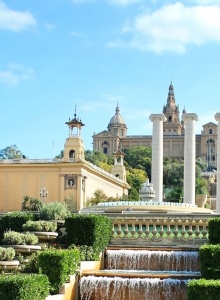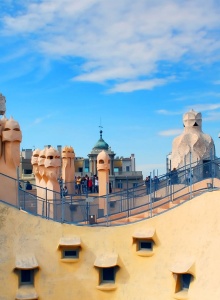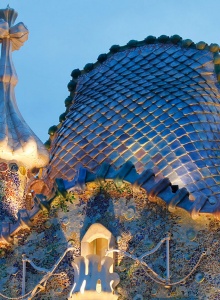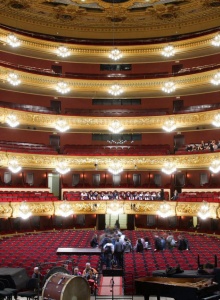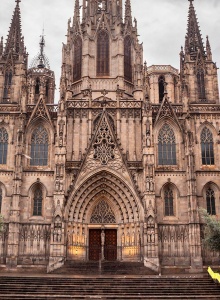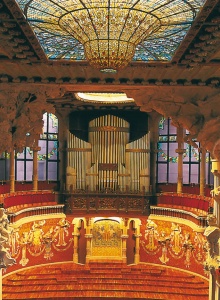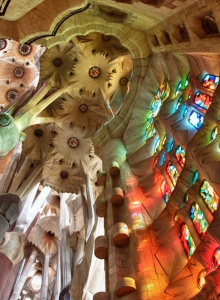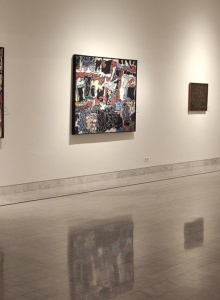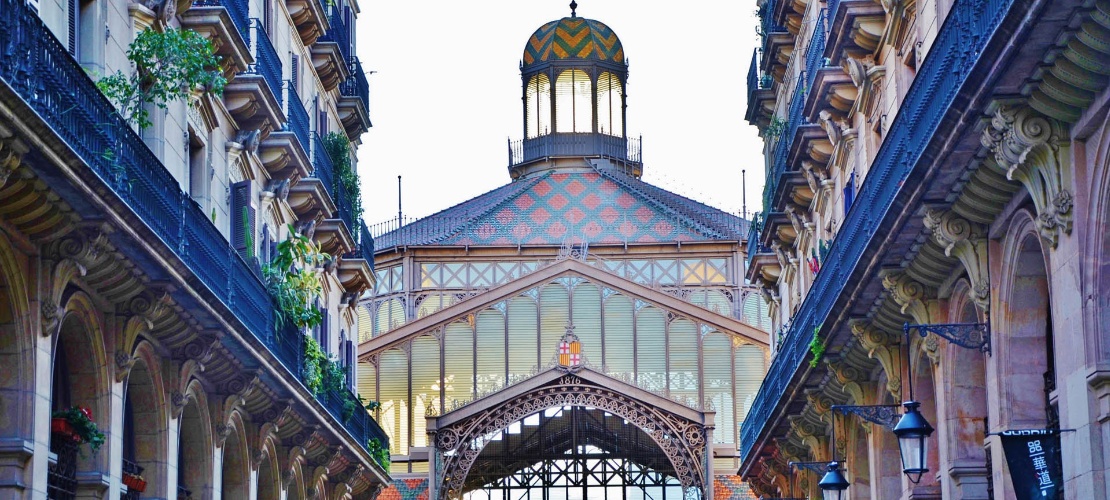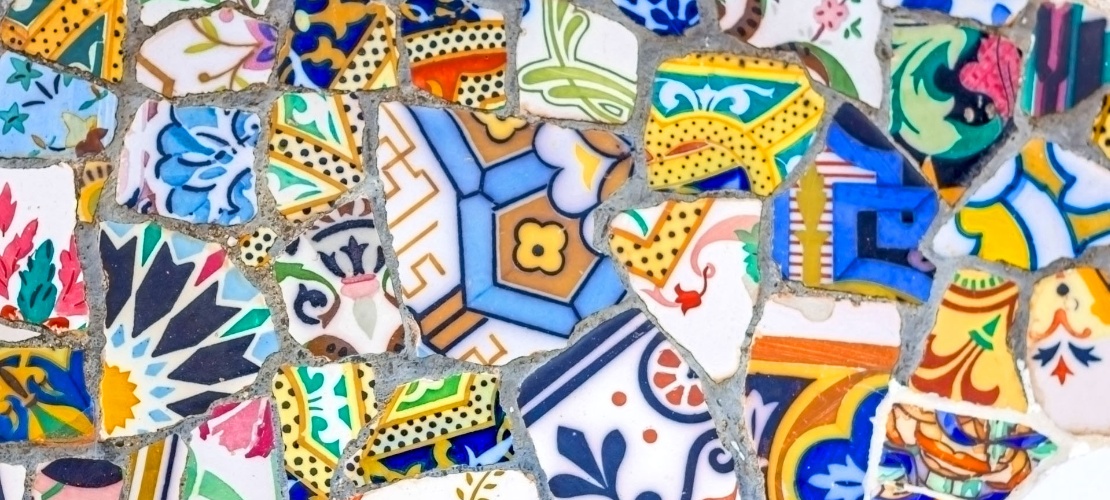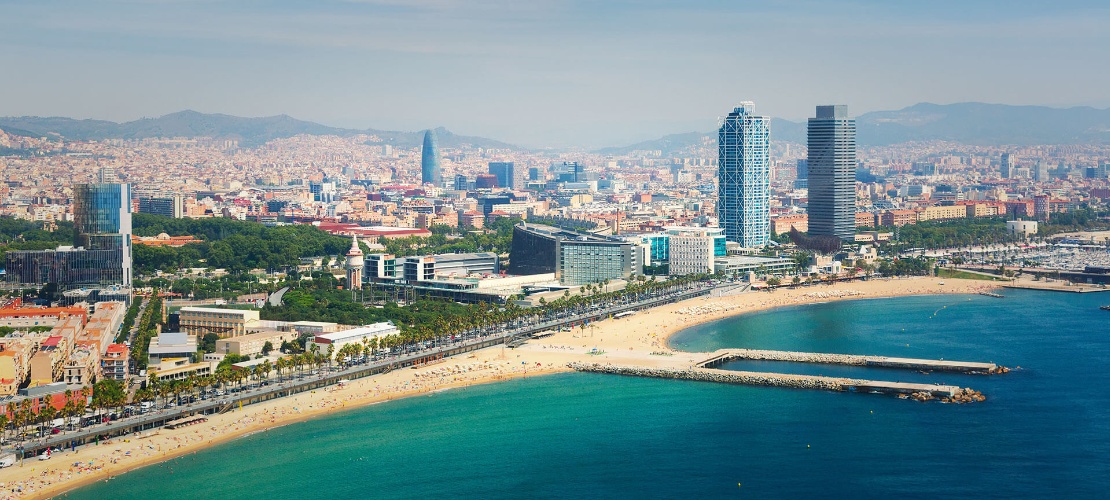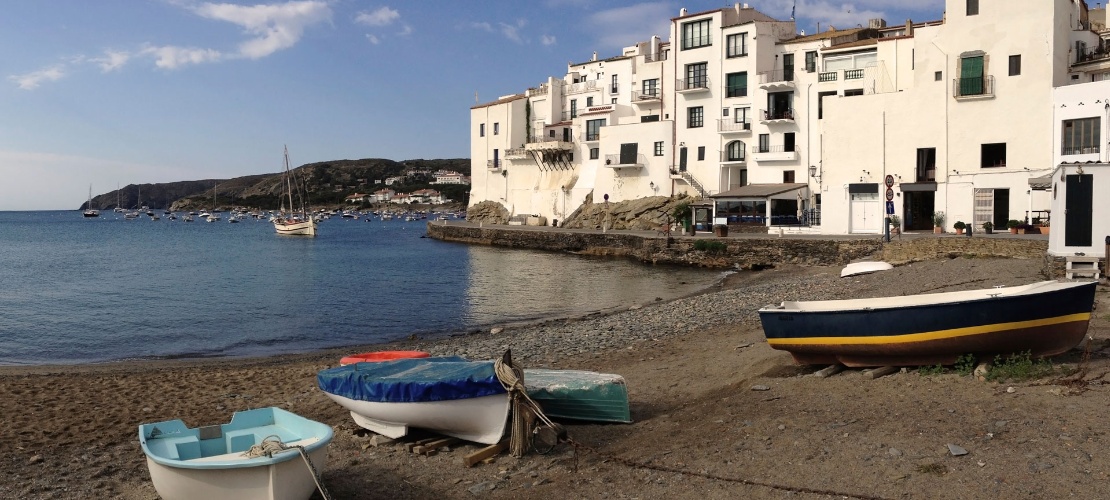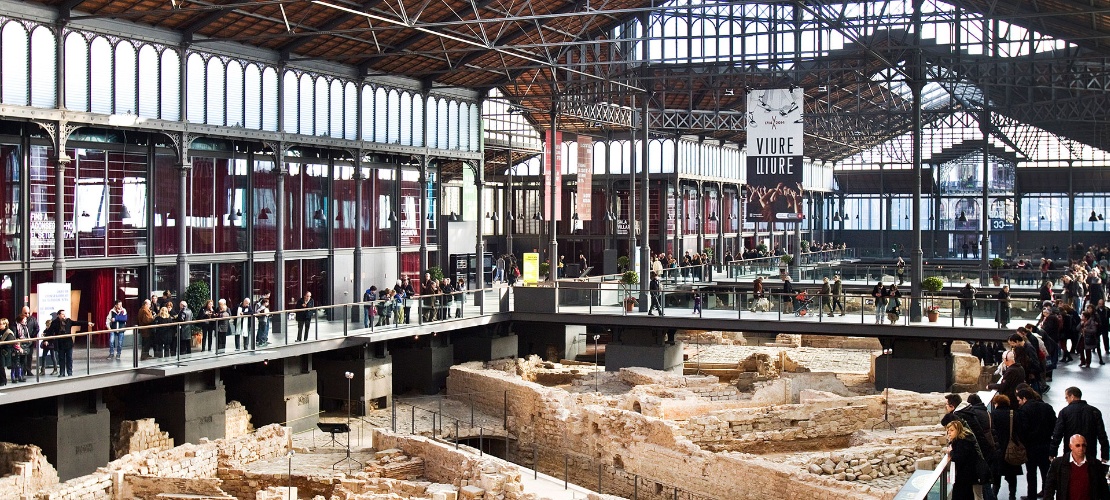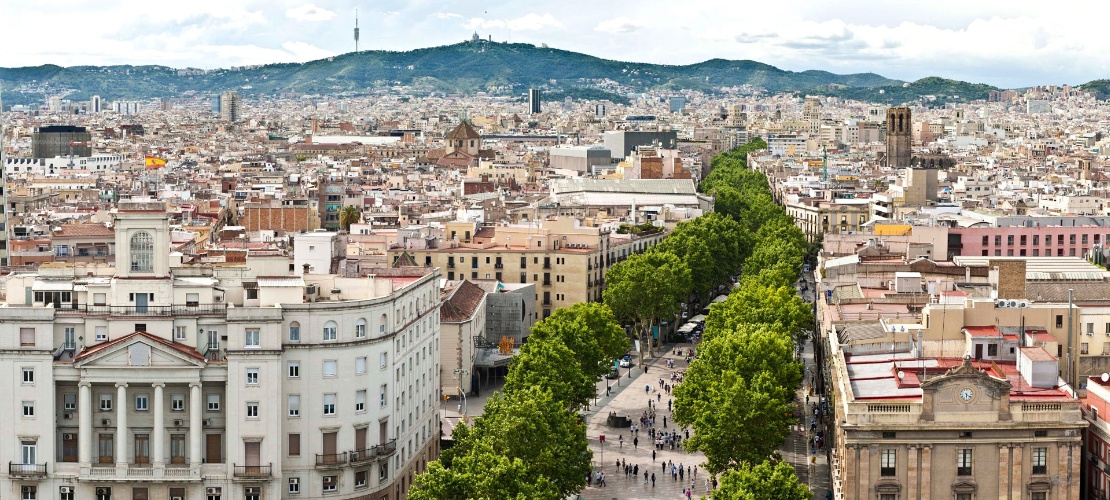
Barcelona is a city with a wide range of original leisure options that encourage you to visit time and time again. Overlooking the Mediterranean Sea, and famous for Gaudí and other Art Nouveau architecture, Barcelona is one of Europe’s trendiest cities.
It’s a hub of new trends in the world of culture, fashion and cuisine. It combines the creativity of its artists and designers with respect and care for local traditions. The charm and slower pace of the old town, the avant-garde vibe of more modern neighbourhoods, and the fast pace of one of the world’s most visited cities coexist in Barcelona.
Debe activar Javascript para poder utilizar este servicio
What to visit
Select from the list or hover over the map to find out about points of interest.
Activa JS
Other ideas for your trip
How to get there - transport information
Select the means of transport to see how to get there or how to get around at your destination.
How to get to aeroplane
-
The Barcelona – El Prat Airport is located 12 kilometres from the city.
-
You can get to the centre in different ways, in journeys of around 35 minutes or less: Aerobús lines A1 and A2 lines, R2 North train line, urban bus lines 46, L77, L99, PR1 and PR2, PR3, night bus lines N16, N17 and N18 and taxis.
-
Road access to the airport is via the C-31 motorway. From the ring roads around the city, access is from the section known as the Pata Sur.
How to get to train
-
Barcelona has two main railway stations
-
Barcelona - Sants Station:International high-speed train links to France and to Spanish cities such as Madrid, Valencia, Malaga, Seville and Zaragoza.Connects to Metro lines 3 and 5 and several bus routes (27, 78, 109, 115, D40, H10, V5 and V7).
-
França Station:You can easily leave the station by public transport: bus lines 47, 59, 120, D20, H14, V13, V15, V17 and V19, and metro line 4.
How to get to bus
-
Barcelona has two main railway stations:
-
Barcelona Nord railway station, connection to the Arc de Triomf metro station (line 1) and bus routes 6, 54, H14, H16 and V21.Routes to Europe, Spain and Africa.
-
Barcelona-Sants railway station, connection to the Sants Estació metro station (lines 3 and 5) and bus routes 27, 78, 109, 115, D40, H10, V5 and V7.High-speed trains run from this station.
How to get there by road
-
From France, on the AP-7, N-II and C-32 motorways.
-
From other areas of Spain, on the AP-7 and C-32 motorways.
-
Please note that large parts of Barcelona are Low-Emissions Zones, where driving and parking are restricted. If you are coming to Barcelona by car or motorbike, consult the Barcelona City Council website to find out about them. These restrictions also apply to vehicles with non-Spanish number plates. If you come in a vehicle with a non-Spanish number plate, you must register it and check whether it needs authorisation: More information is available at the following link.
-
Vehicles with French environmental labels are considered to correspond to Spanish labels: More information at DGT website the table of equivalences of environmental ratings to find out what restrictions might affect you.
How to get to boat
-
The Port of Barcelona is about 5 kilometres from the city centre.
-
An internal bus route (88) goes all over the harbour area and connects to Avinguda Paral·lel, Metro lines 2 and 3, and bus routes D20, H14, V11, 21, 120 and 121.
-
Direct connection with Italy and Algeria.
-
Daily connections with the Balearic Islands
Practical information
-
We recommend using public transport.
-
Hola Barcelona: travel card with unlimited travel on the metro, bus, tram and train for 2, 3, 4 or 5 days. More information
-
Barcelona Card: tourist card with free or priority entrance, unlimited travel and other advantages for 3, 4 or 5 days. More information
-
Remember that on-street parking is metered and parking time is limited in certain areas. A large part of Barcelona is a Low-Emissions Zone, where driving and parking are restricted. visit Barcelona City Council website to find out about them.
-
These traffic restrictions also apply to vehicles with non-Spanish number plates. If you have a non-Spanish number plate, you must register it and check whether it needs authorisation: follow this link for more information. If you have a French environmental label, these are considered to correspond to Spanish labels: consult the DGT website table of equivalences to find out what restrictions might affect you.
How to get around in metro/tram
-
They usually run from 05:00 to 24:00. On Fridays and the eve of public holidays, until 2:00 a.m.; on Saturdays and Sundays, the service is offered 24 hours a day.
-
You can get a single ticket or travel cards per day, per number of journeys, for groups, or other options. More information
How to get around in bus
-
City buses usually run from 04:25 to 23:00.
-
There is a night bus service: Nit Bus. All night bus routes start or stop at or around Plaza de Catalunya.
-
Sightseeing bus with 2 routes, audio guides and unlimited use for 1 or 2 days.
How to get around in other means of transport
-
Taxi: easily identifiable yellow and black vehicles. A green light on the roof shows they are available.
-
Supplements are added for pick-up or drop-off at airports and for luggage.
-
Bicycle: : an unusual, different and sustainable way to get around Barcelona. The city is well-equipped with cycle lanes. There are many bike rental companies, plus the municipal service Bicing.
Shows, festivals, sports...
View some of the most relevant events you will be able to enjoy at the destination.
